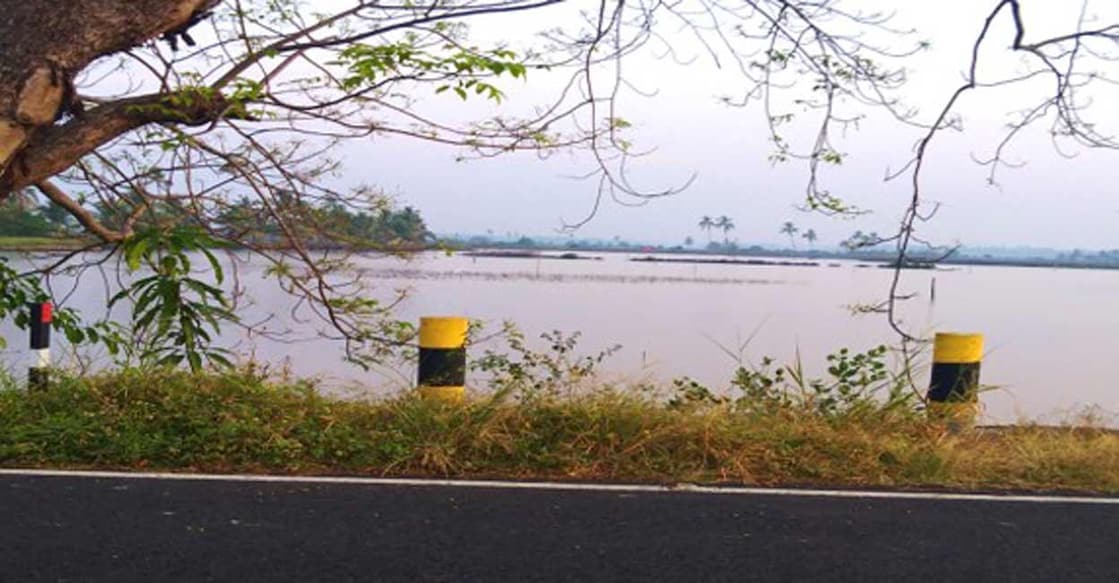Column | The soul of urban soil: Disturbed, tainted and sealed

Mail This Article
Most societies in the twentieth century were finally able to grant people the freedom to roam their streets sans being tormented by jagged stones, smeared by muck, or tainted by horse manure or accidentally spilt ‘night soil'. Paved streets allowed people to walk with their heads held high, rather than gazing downwards while navigating the perilous ground for fear of being bothered by a savage earthworm. As ideas about sanitation and aesthetics evolved in the twentieth century, the disconnect between people and the environment increased. Any organic matter or soil found on the street began to be considered as ‘dirt’. People began to navigate cities less mindful of the nature around them, particularly the ground beneath them. This freed up valuable time for activities that were deemed more suited for higher-level cognitive beings, such as humans.
Nearly a quarter into the twenty-first century, the global mobility conundrum persists. In the quest for faster mobility and fine urban living, societies have sacrificed the very foundation of human life—soil.
Cities owe their existence to the flow of ecosystem services through their forms. Soils around the world are degrading rapidly due to the intensification of soil contamination, erosion, and fertility loss. There is little time left to save precious soil from the clawing hoe of chemicalized agriculture and unsustainable construction, and save the future of all life on Earth.
A story set in stone
Any soil that has been anthropogenically modified during its formation or development is considered urban soil, and is not exclusive to urban regions. With increased intensive agriculture and urbanisation, as well as pollution generated by an earlier industrial and now technological society, urban soil continues to evolve dramatically on a spatiotemporal basis.
The majority of the 20th century saw the contamination of urban surface soil with toxic pollutants such as lead. The polluted surface layer has been mixed with other soils throughout the years, widening the extent of pollution.
Although fully synthetic plastics were not manufactured until the twentieth century, plastic-based rocks can now be found in the Earth's geological record. Plastiglomerates were described for the first time in 2014 on Hawaii's Big Island. They are usually generated when solid trash burns in landfills or backyard bonfires. They can also form when plastic is melted by lava flows or forest fires. 'Plasticrusts' were discovered for the first time in 2019 on the Portuguese island of Madeira and the Italian island of Giglio. They were formed when plastic debris was chemically corroded by saltwater and then shattered into tiny fragments by the motion of the waves. The extensively weathered plastic fragments stuck to the rocky intertidal surface, forming a thin plastic crust.
Plastic rocks may be regarded as an Anthropocene marker—a testament to the growing influence of humans on the Earth's geological cycles. Human errors have been ‘set in stone’ to serve as a warning to future generations.
Soil is sealed off from the atmosphere and the above-ground biosphere, when layers of impermeable materials such as asphalt and cement cover them. Because cities have flourished on river deltas, the most fertile soils are generally found in sealed conditions. All ecosystem services are negatively impacted by soil sealing. Population density and land use determine the degree of sealing.
Soil qualities vary substantially owing to geology and climatic fluctuation throughout time and space. Soil pH is the most important factor in determining soil microbial diversity. Changes in soil composition have a significant impact on the composition and density of microbial communities that perform critical functions such as nutrient cycling and the decomposition of crop residues, among others.
There can be no future without healthy soil. Soil can be destroyed by humans in a matter of seconds, but it takes millions of years for a single centimetre of soil to form. Because traditional physicochemical soil remediation methods are expensive and have a negative environmental impact, attention is increasingly shifting to biological in situ alternatives. Phytoremediation is a recognised ecological method for cleaning up polluted soil. Microbes that degrade PET (polyethylene terephthalate) plastics have been discovered, making them promising candidates for bioremediation. Toxic materials can be removed from polluted soil using a synergistic mix of earthworms, microbes, and plants. Vermiremediation using earthworms can be used as a primary bioremediation approach in moderately polluted soil or as a secondary strategy to clean up residual contaminants from severely contaminated soil after other remediation procedures have been applied.
Earthworms not only enhance soil fertility and aeration, but they also reduce organic and inorganic soil pollutants. The humble earthworm, once thought to be too savage for the city, proved to be truly savage, albeit in a super-hero sense. It is past time that they are given their rightful place in urban soil. That is what higher-level cognitive beings would do.
(Ann Rochyne Thomas is a bio-climatic spatial planner and founder of Centre for Climate Resilience - a sustainability and climate change advisory.)


